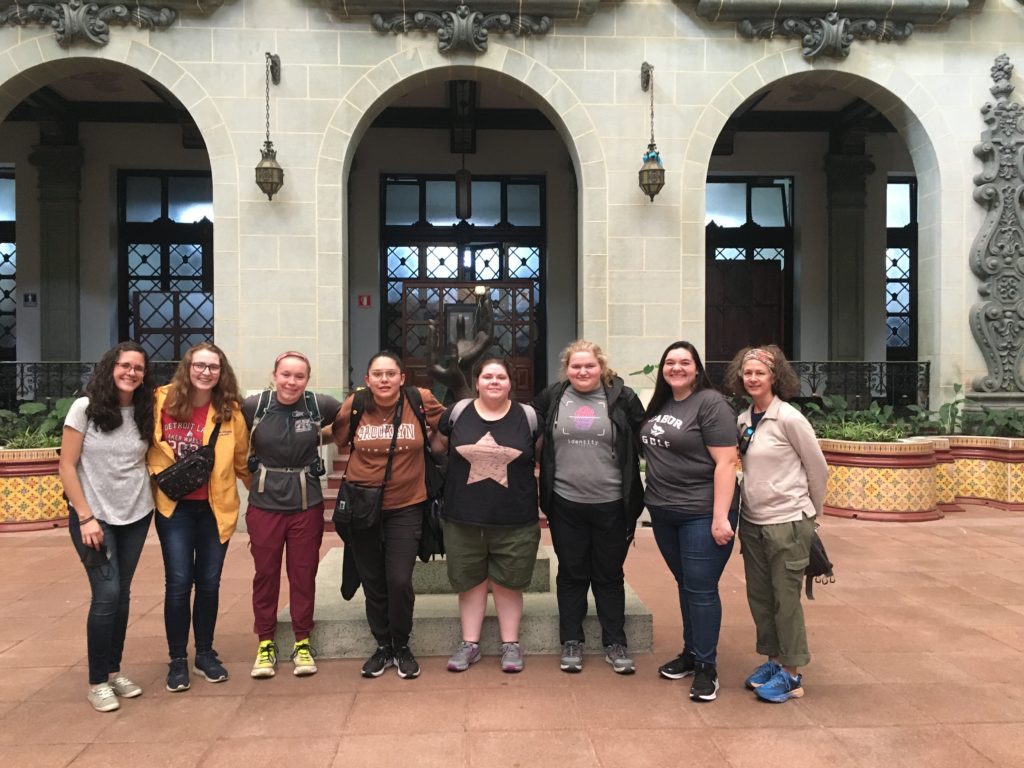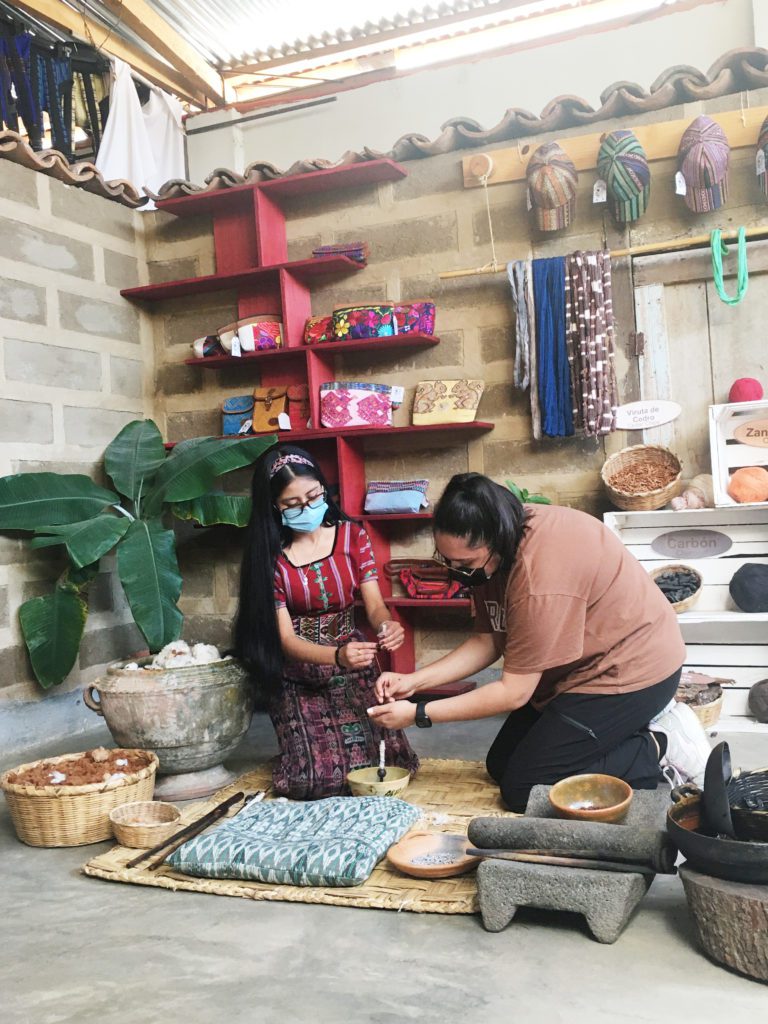
Six students stood alongside Professor Lara Vanderhoof as they walked through the terminal market in Guatemala City. The 6 feet by 6 feet spaces were not only storefronts but they were the homes of families who had no other source of residency or income.
It painted one of many pictures for students who spent just over two weeks in Guatemala during Interterm. Through their 16-day stay, they were immersed in a place where human trafficking, racism and multiple socioeconomic challenges have grips on the everyday culture.
“How do you bring students to look outside the margins?” said Vanderhoof, associate professor of social work and program director. “What about the disenfranchised or the marginalized? We wanted to see them firsthand and come alongside those people.”
Johnna Swiers (JR/Detroit Lakes, Minn.) and Elienei Mejia (SO/Ulysses, Kan.) were two of the students who traveled in January. Both have spent time out of the country but described this as an eye-opening experience.

Vanderhoof, who had traveled to the area for a vision trip, said she was thrilled to be able to offer in-person training that gave students a firsthand glimpse of Guatemalan and Mayan cultures.
Language barriers led to translators at all turns, accentuating the stark differences in cultural norms and acceptance of one another’s culture.
After visiting the terminal market, they walked into a nearby market that had more expensive merchandise. They soon realized an outfit from these businesses would cost an 80-day wage for the workers at their previous stop.
Both students and Vanderhoof noted the racism that runs rampant in the country. In particular, the Mayan people suffer persecution around and amongst its communities.
“If you benefit me, you’re OK,” Vanderhoof said. “You’re working in my fields, and you’ll do these things in my home, but that’s it… They heard from one gentleman who is trying to learn about his Mayan background. He really wants to know, but his family doesn’t want to know.”
Some families would want their children to learn Spanish, so they wouldn’t experience persecution. All three referred to it as survival mode at times, taking any steps needed to move forward.
“They wanted him to learn Spanish and be a part of that group so he could go to school and be accepted,” said Mejia.
According to heartsinmotion.org, only 74.5 percent of the population age 15 and over is literate, the lowest literacy rate in Central America. The group of Tabor participants said many in the country are lucky to receive a sixth-grade education.
It left a lasting impact on the heart of the six Tabor participants.
“Craig (Jost, director of Carson Center for Global Engagement,) told us before we left that you’re not teaching them, you’re learning from them,” Mejia said. “That really stayed with me. I’m not trying to leave my mark here but trying to learn and be able to talk about my experience. I found a desire to learn more about different cultures.”
As the group traveled back to Kansas, they all found hunger for bringing their experiences to the campus and community. Particularly, they want to invest in and celebrate the relationships that God has put around them.
“I grew a lot spiritually and as a person,” Swiers said. “It’s going to take a while for it to settle in and how I can take it into my everyday life. I’m still processing all of these things. The biggest thing is vocationally it really solidified that I want to be a social worker and impact people in positive ways.”
